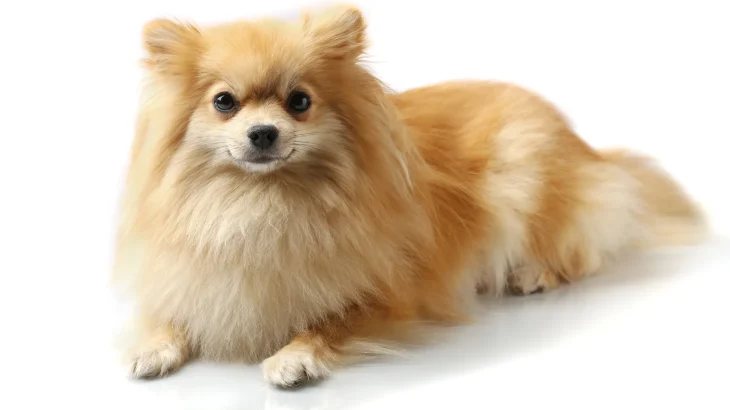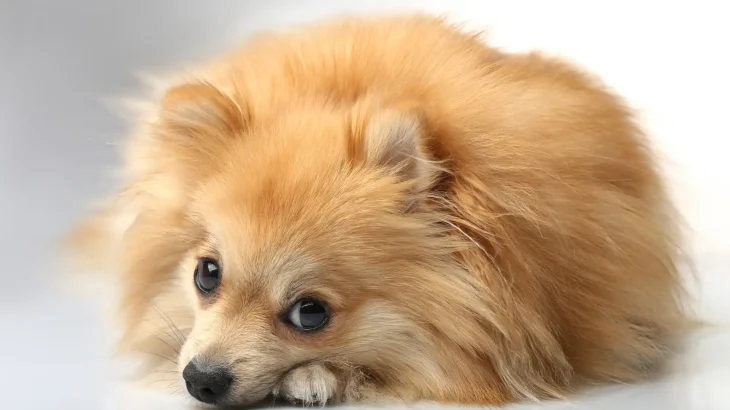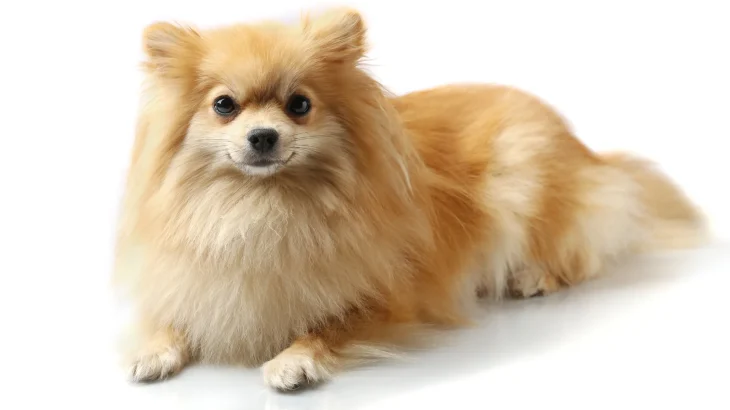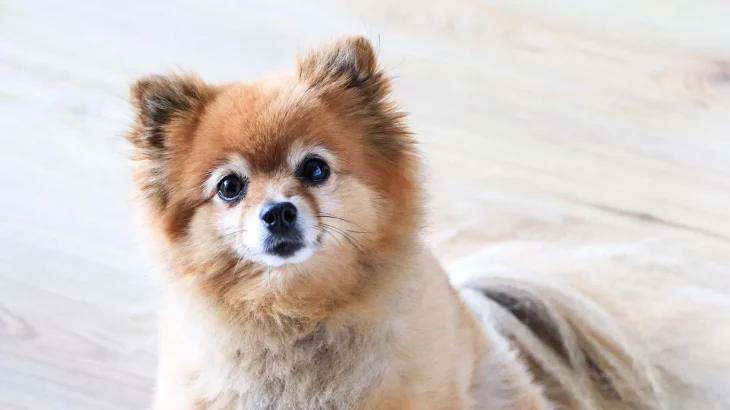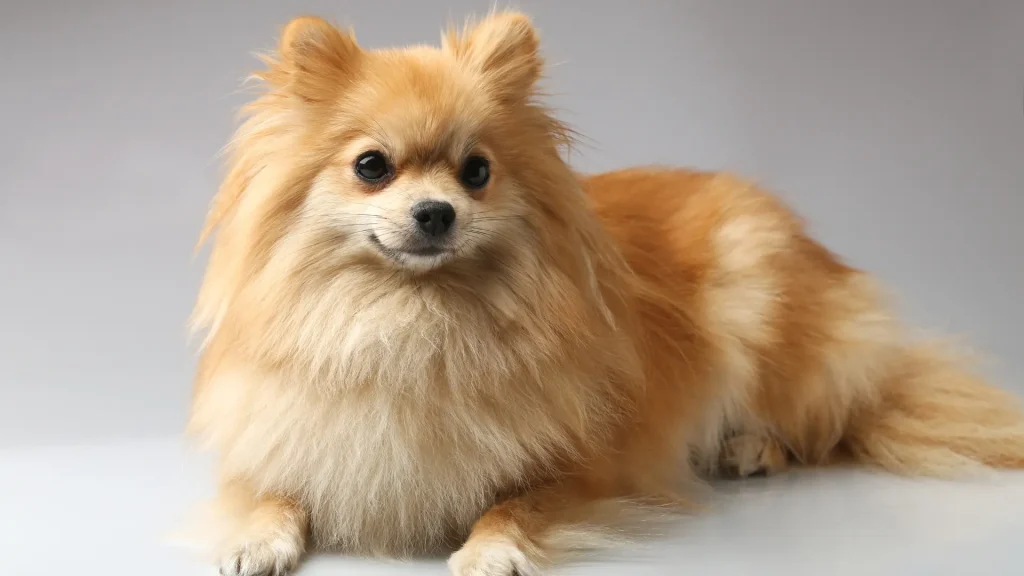When deciding how to bring a German Spitz Small puppy into your life, the choice generally comes down to purchasing from a breeder or adopting from a shelter or rescue. Both routes have unique advantages depending on what you prioritize, such as certainty about the puppy's lineage and health or the opportunity to provide a loving home to a dog in need.
Adoption vs. Breeder: Pros & Cons
| Criteria | Buying from Breeder | Adopting from Shelter/Rescue |
|---|---|---|
| Cost | Usually higher; purebred puppies can range significantly in price. | Lower fees compared to breeders, making it more affordable to adopt. |
| Health History | Breeders often provide detailed health background and screenings. | Health history might be limited; shelters provide initial medical care but background unknown. |
| Age Availability | Primarily puppies, which allows early bonding and training. | Various ages available, including puppies, adults, and seniors. |
| Temperament Insight | Breeders can offer information on temperament tendencies based on lineage. | Shelter staff can share behavior observations but full history may be unclear. |
| Supporting Practices | Supports breeders focused on maintaining breed standards and health. | Supports animal welfare by giving a home to dogs in need. |
| Breed Purity & Pedigree | Guaranteed pedigree and breed purity with documentation. | Breed purity uncertain unless specifically from breed rescue organizations. |


